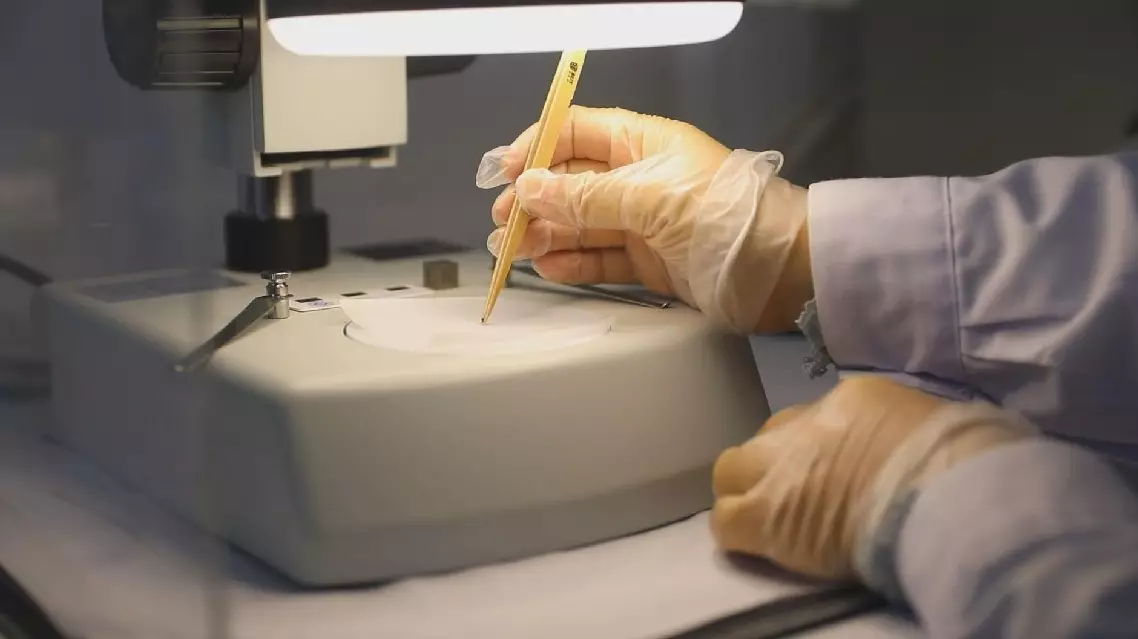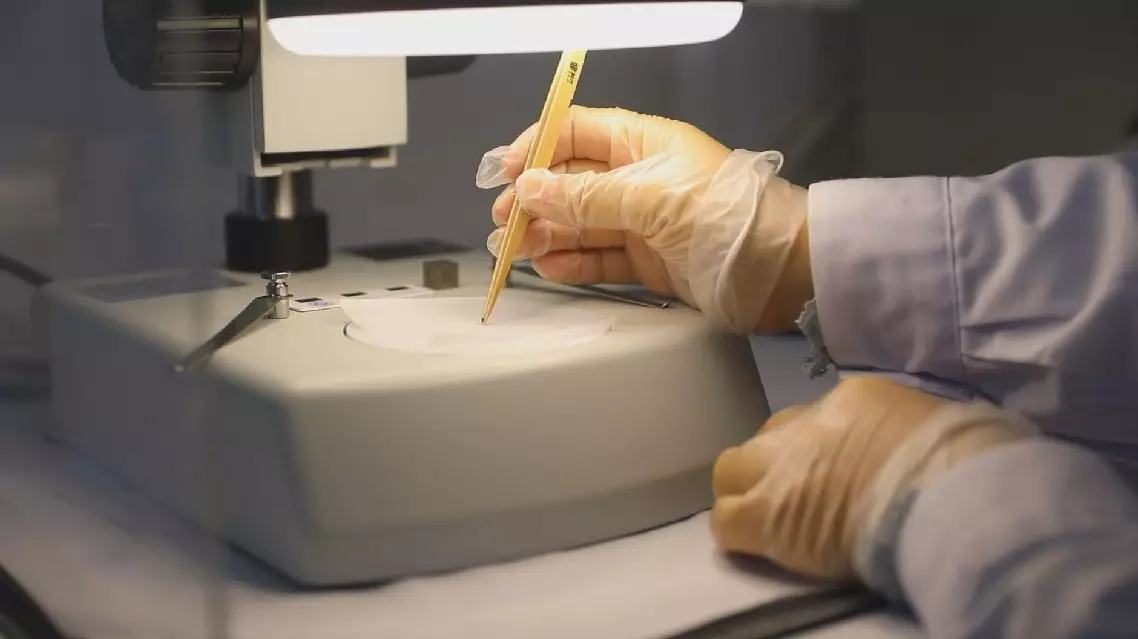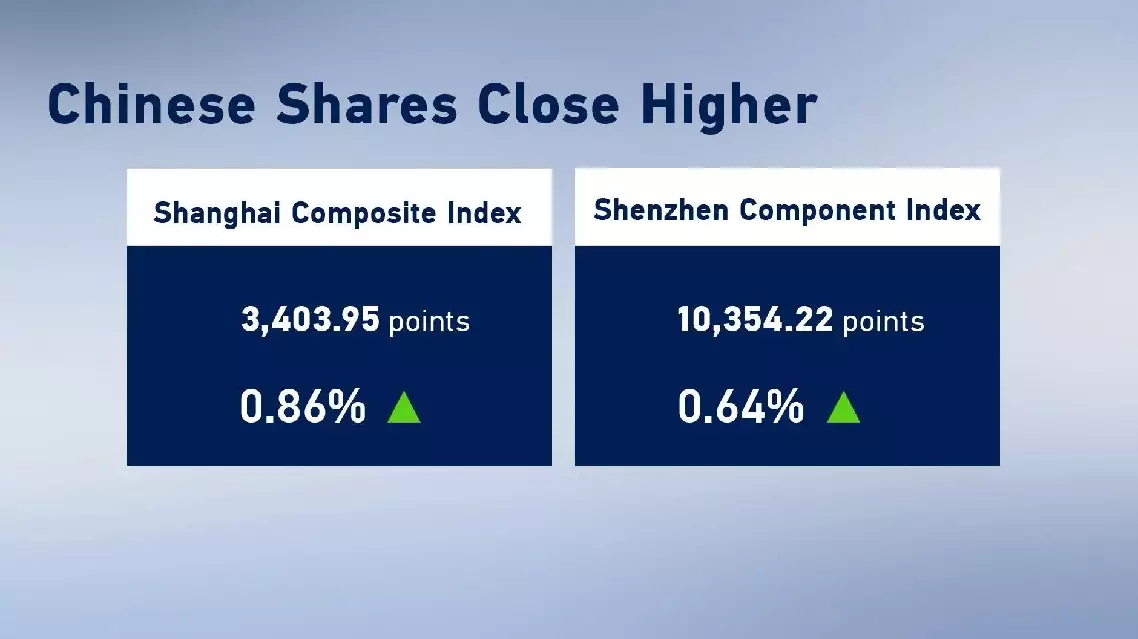Rock samples collected from the moon's far side by China's Chang'e-6 lunar probe have provided groundbreaking insights into the evolution of the lunar body's magnetic field.
Studies of lunar samples the probe brought back to the Earth on June 25, 2024 suggest an unexpected resurgence in strength of the moon's magnetic field 2.8 billion years ago, following a sharp decline around 3.1 billion years ago. The finding challenges the prevailing theory that the moon's lunar dynamo remained in a low-energy state after that decline.
It marks the first-ever paleomagnetic data obtained from the moon's far side and provides critical insights into the intermediate stages of the evolution of the lunar dynamo, the geophysical mechanism that generated the moon's magnetic field in the past.
"We selected four millimeter-sized basalt fragments to study and found that the moon had a magnetic field 2.8 billion years ago with a strengthening trend," said Cai Shuhui, a researcher from the Institute of Geology and Geophysics (IGG) under the Chinese Academy of Sciences.
The IGG's analysis of the samples offered the first ever scientific data regarding the evolution of the moon's magnetic field between 3 billion years ago and 2 billion years ago, and provided ancient magnetic field information of the moon's far side.
"There was no data between 3 billion and 2 billion years ago. It was completely blank, and we didn't know how the magnetic field changed in this period. Previous research believed that the lunar magnetic field dropped sharply around 3.1 billion years ago and it probably remained in a very low energy state. Our discovery differs from this previous understanding. We found that it rebounded 2.8 billion years ago, which suggests that there could be fluctuations and rebounds after the sharp drop," Cai said.
Lunar research through samples collected by the Chang'e-5 probe in 2020 also made new discoveries regarding the lunar magnetic field 2 billion years ago.
"We found that 2 billion years ago, in the middle-to-late phase of the moon's evolution, there was a very weak dynamo magnetic field, with an approximate strength of 2 to 4 microteslas, less than 10 percent of the current Earth's magnetic field. This shows that 2 billion years ago, there might be a certain amount of vitality, and certain thermal convection or heat exchange inside the moon," Cai said.
Satellite and lunar surface data show no global dipole magnetic field on the moon today. Previous research on lunar samples has revealed that the moon's magnetic field, similar to the Earth's around 4.2 to 3.5 billion years ago, experienced two sharp declines and shut down sometime after around 1 billion years ago.

Chang'e-6 samples reveal rebound in moon's magnetic field

Chang'e-6 samples reveal rebound in moon's magnetic field





















































